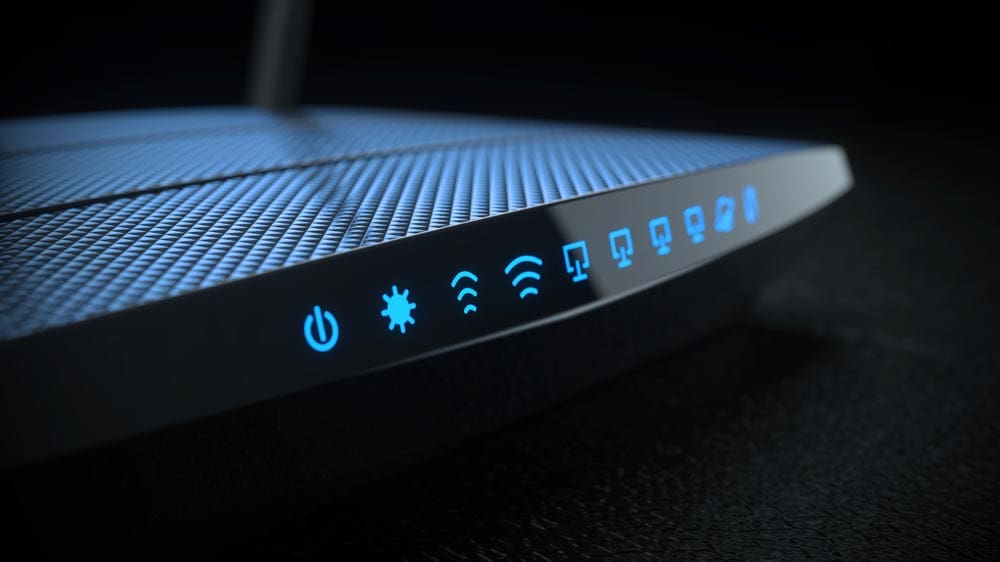This week, we learned that the Energy Efficient Ethernet IEEE 802.3az Standard won the Best Electronic Design award for 2010 in the Communications – Wired category.
We celebrate this honor along with the contributions of the highly dedicated volunteer participants who labored on the development this Standard. Specifically, we congratulate the 802.3 Ethernet Working Group and its Chair, Micheal J. Bennett, the Group’s Sponsor, the IEEE Computing Society and the LAN/MAN Standards Committee.
The IEEE 802.3az standard was approved 30 September 2010. It provides network managers and everyday consumers of networking services with the tools they need to reduce energy consumption in network-attached devices, network routers and switches, computers, and printers.
Ethernet is the dominant network technology in the world today, with billions of interfaces deployed. It is a critical component in environments ranging from high-performance links at the Internet core to home entertainment networks. In the Networking industry, cycles of innovation, consumer adoption and increasing demand for bandwidth have driven energy consumption ever higher. However, in parallel IT Managers face added pressure to lower to lower costs and energy consumption like never before.
In some cases, network links are fully utilized, creating little opportunity for energy savings. However in most cases, network links are utilized only sporadically. These “idle networks” consume a substantial amount of energy. In fact, according to the ITU World Summit on the Information Society, electricity demand by the ICT sector for industrialized countries runs between 5 and 10 percent of total electricity demand. About 50 percent of this electricity is wasted by equipment that is powered on, but idle.
The IEEE 802.3az amendment to IEEE 802.3 defines mechanisms and protocols designed to reduce the energy consumption of network links during periods of low utilization, by transitioning interfaces into a low-power state. IEEE P802.3az also uses the Link Layer Discovery Protocol (LLPD) from IEEE P802.1AB™ and Type, Length, Values (TLVs) from IEEE 802.3bc™. This enables system designers to save more than the Ethernet interface energy, by allowing communication of energy-utilization information between link partners without interrupting the network link.
Reducing the energy used by computers during idle time is not a new concept. For example, some notebook computers reduce energy use by dropping the network link and reconnecting at a lower speed. Unfortunately, these techniques cause lengthy interruptions of connectivity. The new IEEE standard defines a method to reduce power consumption without interrupting networked connections. There is no complex configuration required, and in most cases, the energy savings is automatic.
When IEEE 802.3az compliant products have been fully deployed in new and existing Ethernet networks, it is estimated that power savings in US alone can reach 5 terawatt-hours per year, or enough energy to power 6 million 100 watt light bulbs. This translates into a reduction of the Information and Communication Technologies (ICT) carbon footprint by roughly 5 million tons per year.









